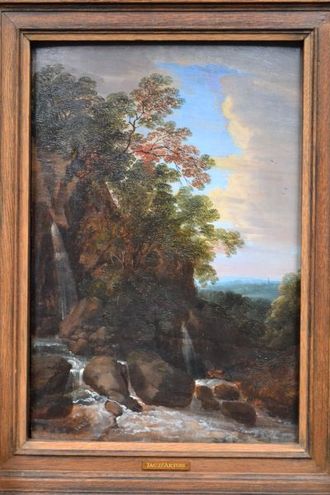The undersigned:
1) AA, born on xx, residing at XX, acting in this matter on their own behalf and as representative of:
a. BB, born on xx, residing at XX;
b. CC, born on xx, residing at XX;
c. DD, born on xx, residing at XX;
being the legal successors pursuant to inheritance law of Mr Joseph Henri Gosschalk, born on 12 May 1875 and died on 6 October 1952, hereinafter referred to as the Applicants;
2) Stichting Wagner-de Wit (Wagner-de Wit Foundation), established at 6211 LD Maastricht, Vrijthof 18, hereinafter referred to as the Foundation, represented in this matter by the Stichting Museum aan het Vrijthof (Museum aan het Vrijthof Foundation), in the person of its director, Mr EE;
3) Advisory Committee on the Assessment of Restitution Applications for Items of Cultural Value and the Second World War, hereinafter referred to as the Restitutions Committee.
